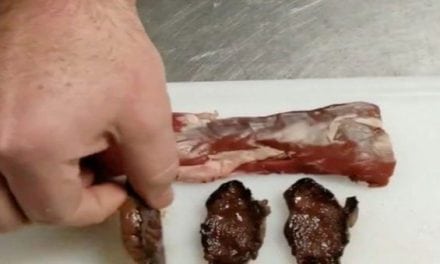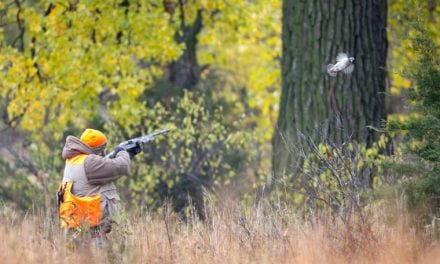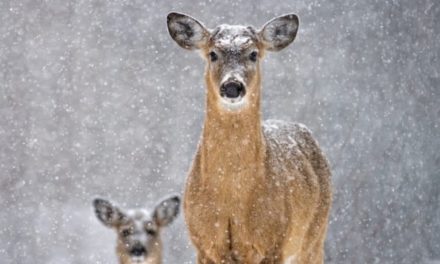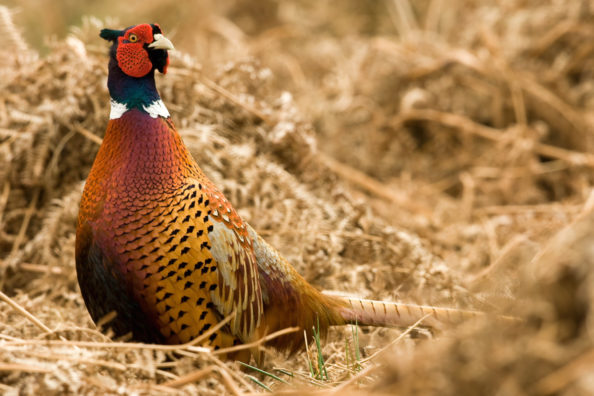
Did you know that these species were non-native?
There is a lot to be worried about the damage caused through the introduction of non-native and invasive species on the landscape, as well as the effects to native wildlife. It seems we cannot go a week without hearing about the harmful things being done by feral hogs, Burmese pythons, and green iguanas.
Species like wild hogs, nutria and zebra muscles grab headlines, but some introduced species have not only been accepted as part of the American landscape, but are also considered valued game species for hunters and fisherman. They have been here so long they have become fully engrained into the outdoor culture of North America.
The five animals below have become such a part of the fabric of the American outdoors that many might not even know they weren’t native in the first place. Did you?
1. Pheasant
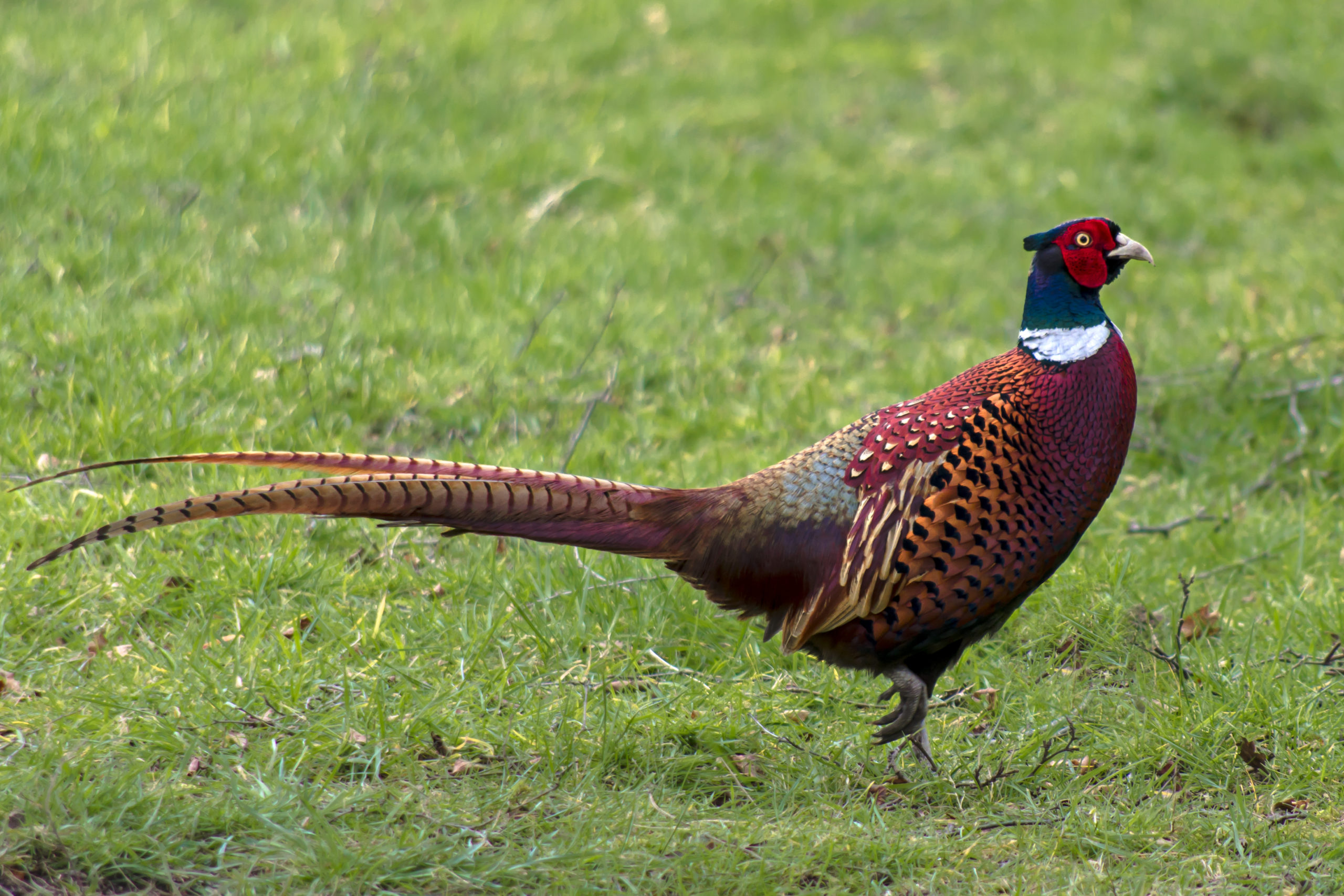
Hard to believe that the ring-necked pheasant isn’t native. It is the official state bird of South Dakota and a beloved game bird by hunters. Pheasants were introduced to the state of Washington from China in 1881 by Owen Nickerson Denny, a former U.S Consul general in Shanghai, China. Few of the the 60 birds originally released survived, but Denny kept at it, releasing more birds in 1882 and 1884. A population of pheasants finally took hold in Oregon’s Willamette Valley and were transplanted to other regions.
Today there are an estimated 2 million pheasant hunters in North America. In South Dakota alone, an estimated $223 million dollars is added to the economy annually by pheasant hunters.
The success of the birds introduction and the passion for hunting them has resulted in this non-native species adoption by its new country, so much so that state and federal conservation programs have been put in place to increase populations for the enjoyment of present and future hunters.
2. Brown Trout
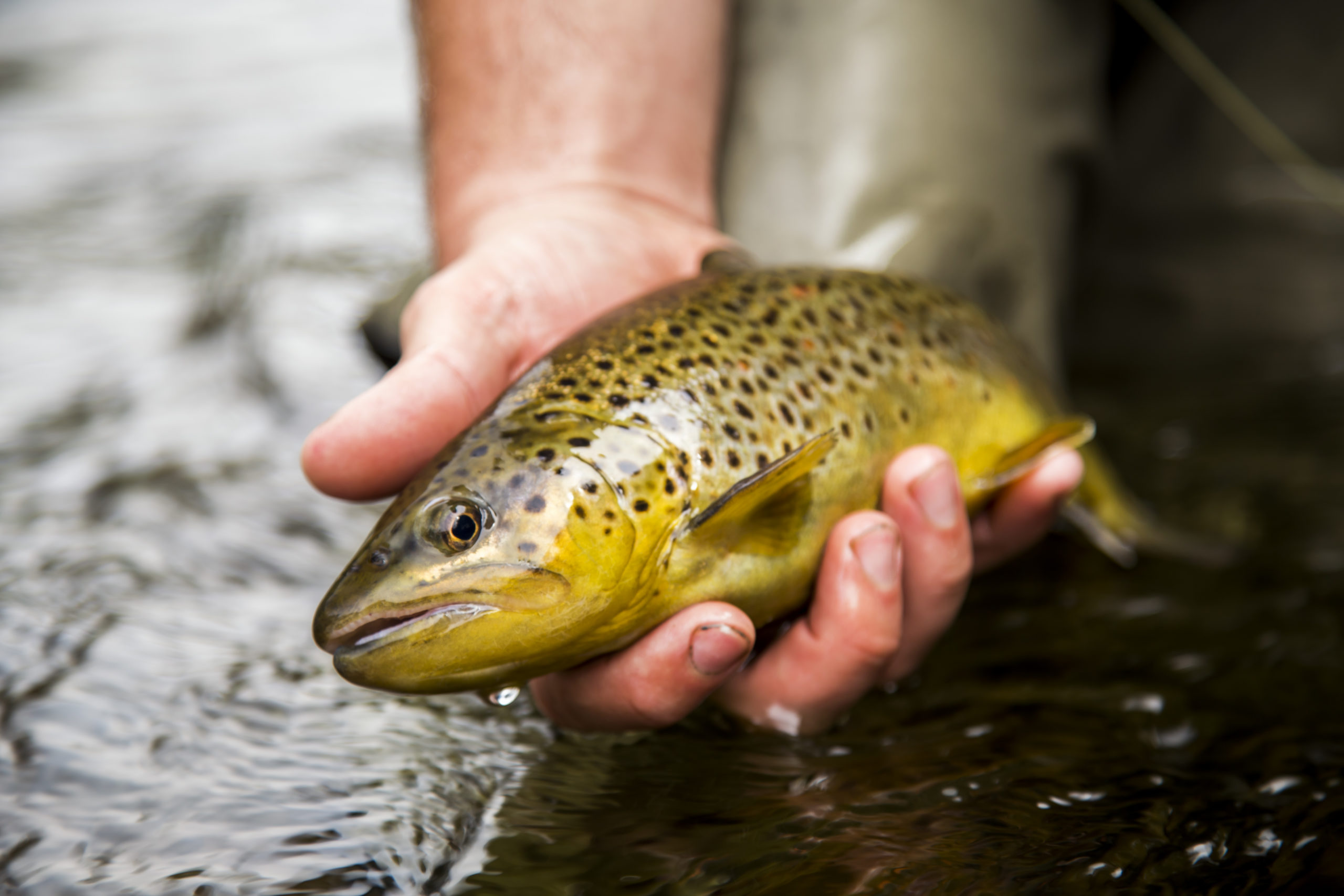
First introduced from Germany in 1883, the brown trout has become a symbol of Americans love of fly fishing. To bring the fish to America, brown trout eggs were sent to hatcheries in New York and Michigan by Fred Mather, a New York fish farmer and angler working with the U.S Fish Commission.
Brown trout first saw wild water in April of 1884 when 4900 fry were released into the Baldwin River in Michigan. Today there are populations of brown trout in nearly every state, largely through stocking farm raised fish as natural reproduction is low. They are not without their detractors though, as brown trout have been blamed on reducing native populations of brook and golden trout and were likely responsible for the near extinction of cutthroat trout in Lake Tahoe.
3. Wild Horse
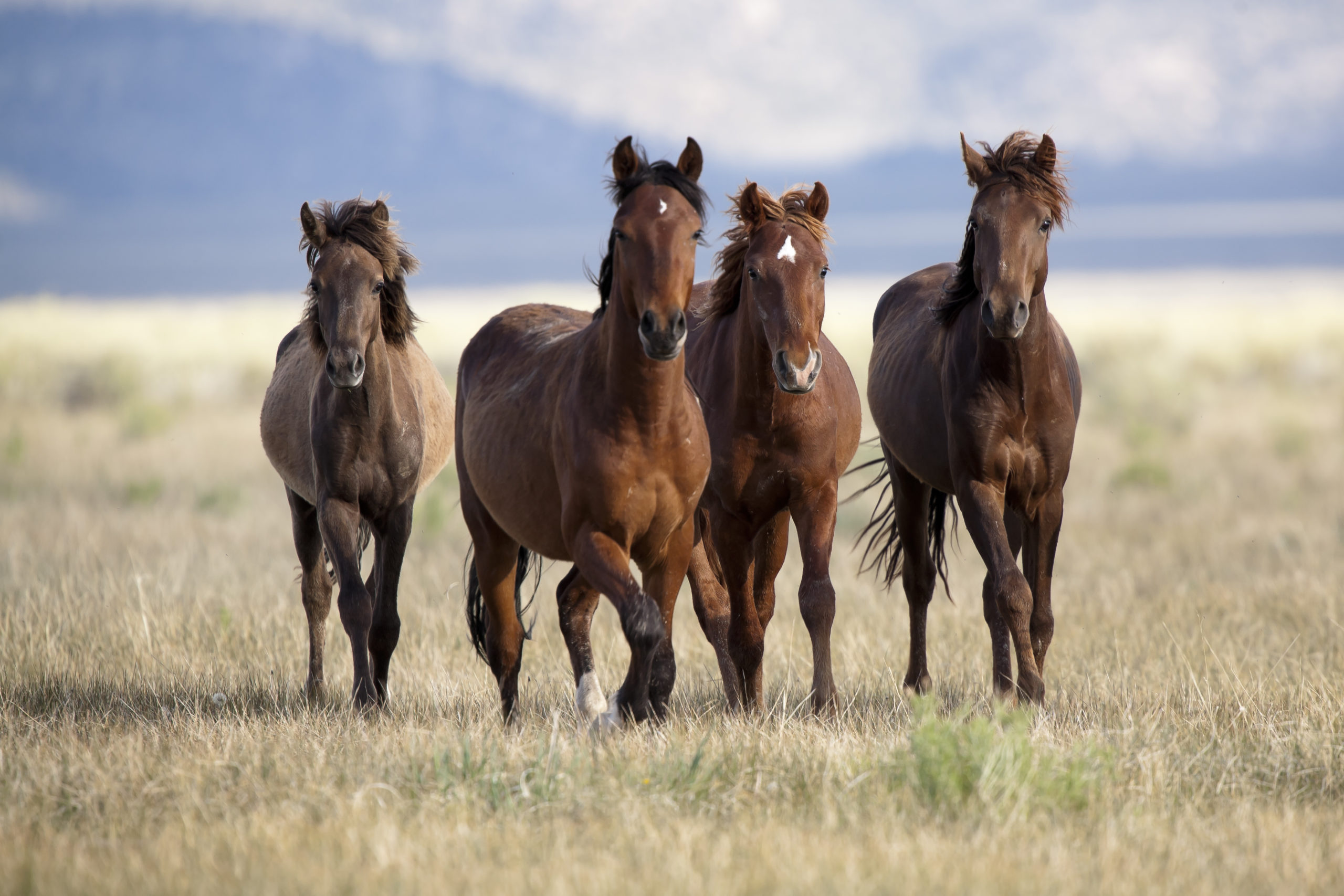
Other than the grey wolf, there is perhaps no more hotly debated animal than the wild horse. Some groups find them symbolic of the American west, while others see them as a scourge to the landscape and native wildlife.
When it comes to wild horses, one of the biggest debates is what actually constitutes a non-native species. The fossil record suggests horses evolved in North America about 55 million years ago and spread around the world from there, but went extinct on the continent around 11,000 years ago. Horses would be absent from North America until the mid-1500s when the Spanish brought domestic horses to the southwest.
Domestic horses have continued to escape captivity and breed with wild horses, creating a major population problem. They have no real natural predators through most of their range and they are not considered a game animal; there isn’t much keeping population numbers in check. The BLM estimates that there are over 67,000 wild horses on federal land that can only support 27,000 individuals.
4. Chukar
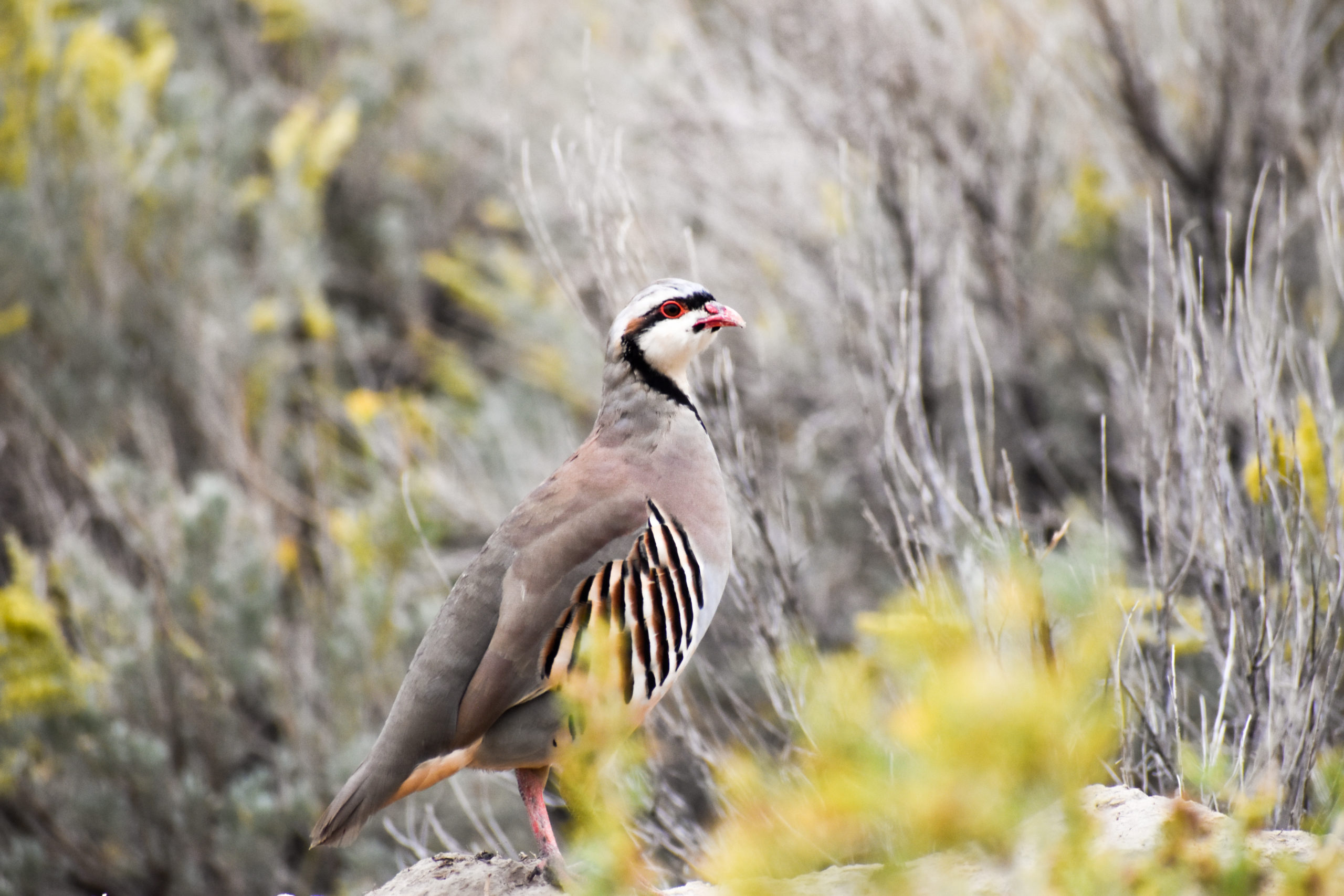
A native of India, Pakistan and Afghanistan, among other Eurasian countries, the Chukar Partridge was introduced to our shores in 1893 from India by W.O Blaisdell of Illinois. Since the 1940s, this non-native species has established itself in the Great Basin of the United States and southern Canada. Its even been introduced to Hawaii, where they are thought to play a beneficial role in the dispersing of native plants.
Since their introduction, the birds have been prized by hunters in the western United States. Hunts are challenging due to the rocky terrain they live in and the explosive speed they exhibit when flushed. Benefits to hunting the challenging Chukar include a long hunting season and the opportunity to cover vast amounts of public land.
5. Sika Deer
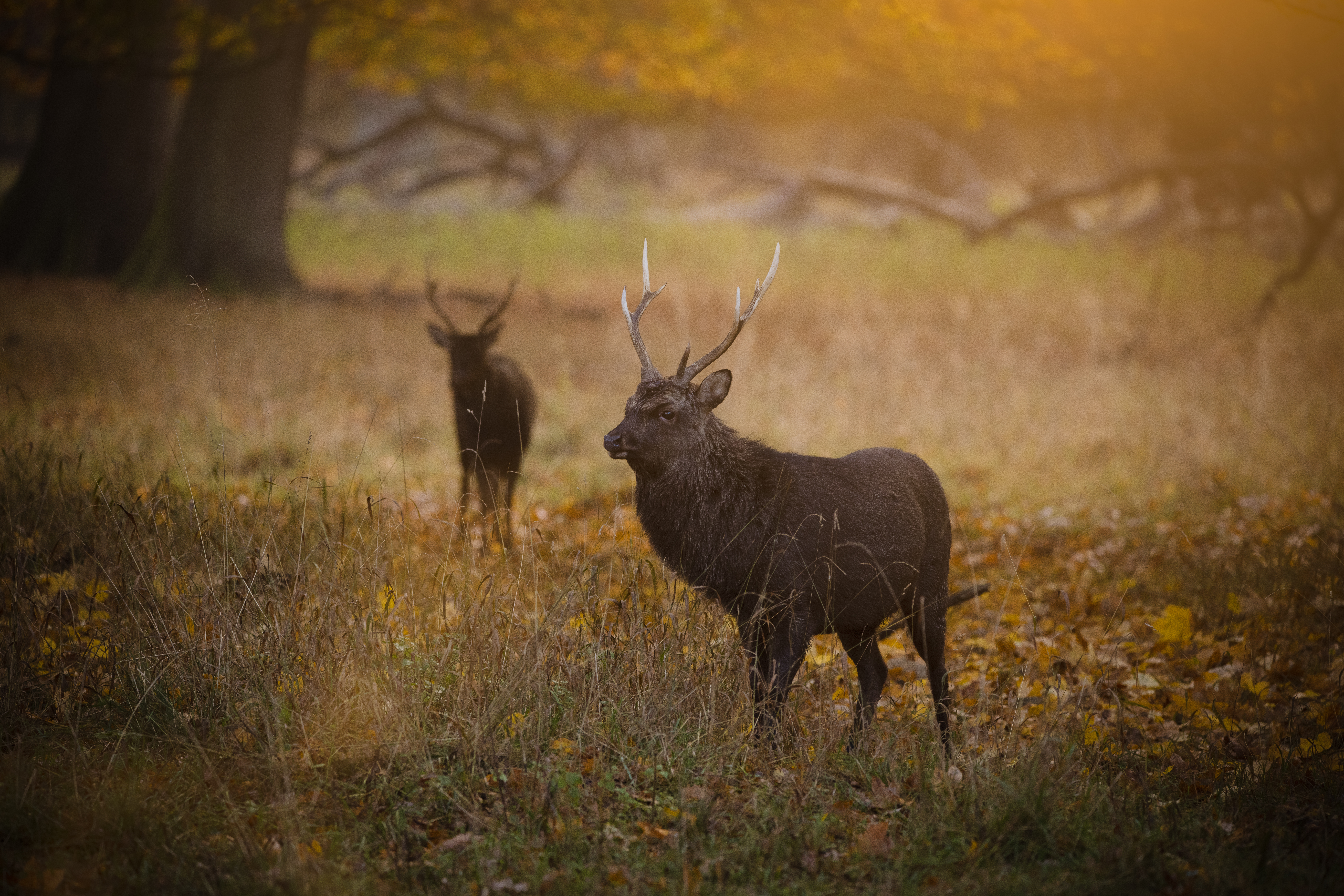
Native to eastern Asia, Japan and Siberia, the sika deer represents such a large number of subspecies that authorities have a tough time coming to agreement on just what makes up a U.S transplanted sika.
What we do know is this. Between 1916 and 1930, several introductions of sika deer were made in Maryland, where they are multiplying and expanding their range. Current estimates put the population in Maryland at over 10,000. What are believed to be Japanese sika were introduced to Texas in the late 1930s and early 1940s, they are expanding their range there as well.
The species has been able to compete with whitetail deer for resources, and some feel that the presence of sika on the landscape is detrimental to the success of native deer, an idea that is supported by the damage caused by the animals in Europe and Asia. The fact that so many people enjoy hunting them though makes it likely that the species, like others on this list are here to stay.
Products featured on Wide Open Spaces are independently selected by our editors. However, when you buy something through our links, we may earn a commission.
NEXT: THE AXIS DEER AND HOW THEY’RE IMPACTING PARTS OF THE UNITED STATES
WATCH
The post 5 Species That You Thought Were Native, But Aren't appeared first on Wide Open Spaces.












